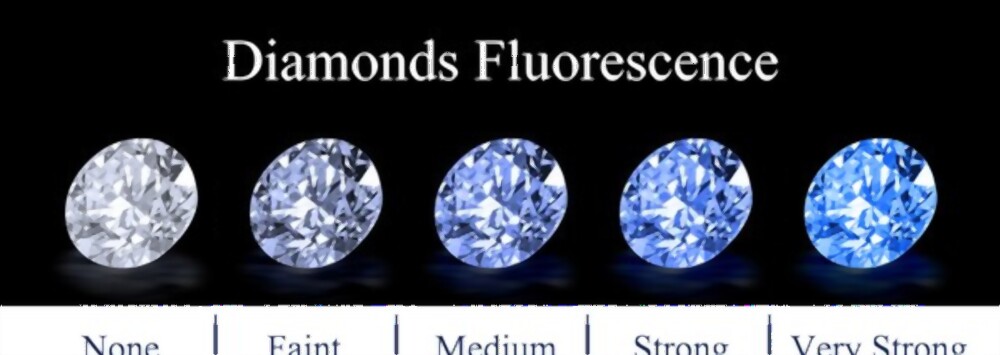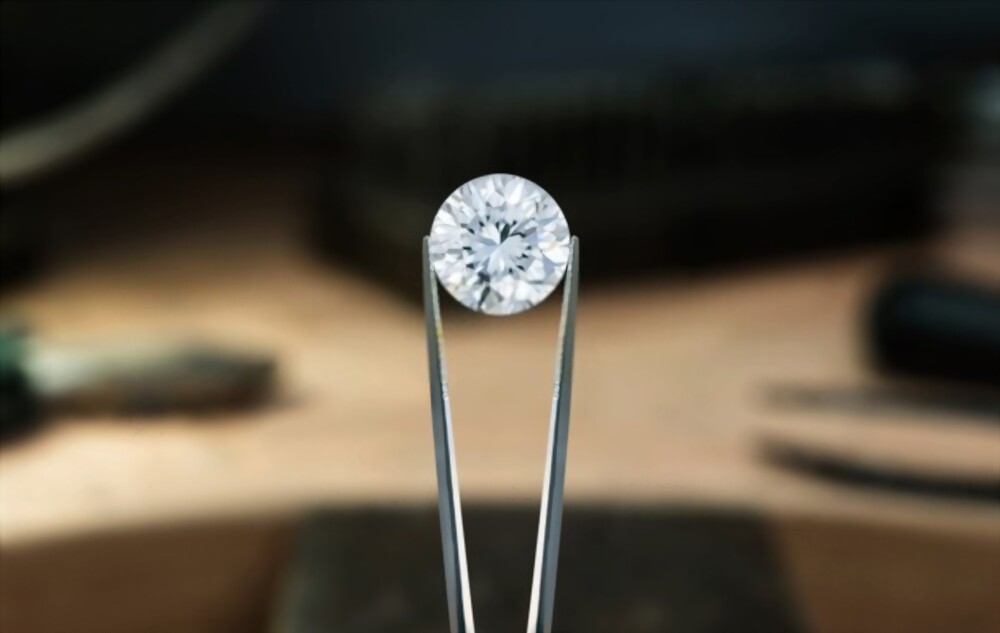Fluorescence in diamonds
Imagine the scene, you are at a nightclub, ready to celebrate your recent engagement. Then, you pass under an ultraviolet lamp and your diamond ring starts to glow a strange blue light. What’s going on? Is it a fake diamond or a bewitched stone? Neither of the two options, your gem shows some fluorescence. Let’s find out what it’s all about.
Definition
Fluorescence is the visible light emitted by an object when exposed to an ultraviolet rays source such as the sun or UV lamp. Concerning diamonds, most of the time, the fluorescence will manifest itself with a bluish colour, but it could also appear in yellow, green or orange tint. No worries the effect will immediately stop after removing the stone from the UV light. However, not all the diamonds are fluorescent. Only a third of them have this property.

Is it bad for the diamond?
Even if it is not part of the 4Cs of the GIA grading system, fluorescence is an identifying characteristic that will be mentioned in the certificate. It is ranked according to its intensity (None, Faint, Medium, Strong and Very Strong).
The effect on the diamond appearance varies depending on the colour of the diamond and it still remain a subjective consideration:
- A blue fluorescence has the reputation to improve diamonds with a faint yellowish tint (K-M). It results in a face up colour one grade better thanks to the balancing effect of colours.
- For colourless stones, the effect is more mitigated. It gives a hazy and cloudy appearance to the diamond. It makes the stone look less transparent. This is why, with a high-colour diamond you want to avoid strong fluorescence. For this type of stone, an intense glow will be considered as a flaw and they will be priced with a discount.

However, it is important to remember that scientific studies show that in the vast majority of cases a non-expert could not tell the difference between a stone with or without fluorescence.
